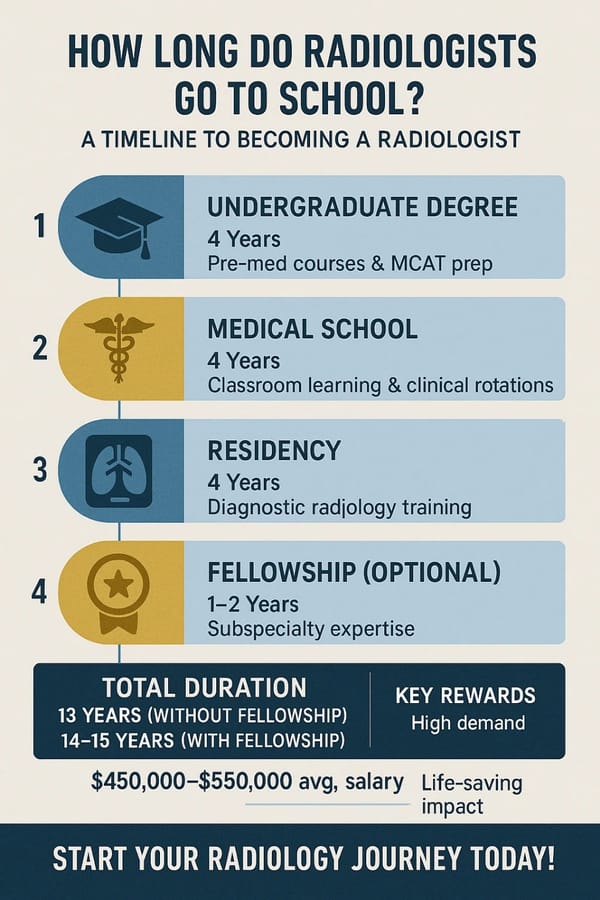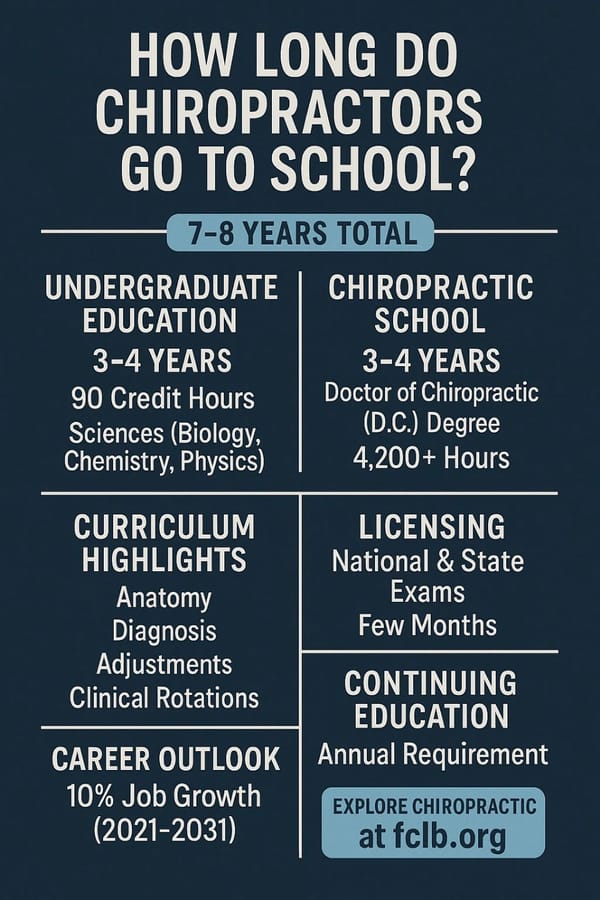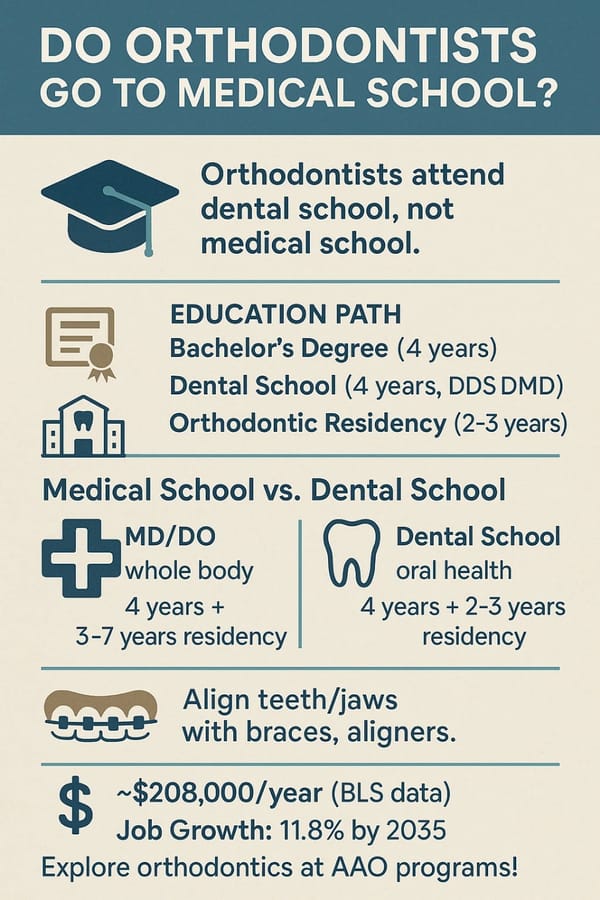The Path to Becoming a Neurologist
Learn More at AANDo Neurologists Go to Medical School? A Comprehensive Guide
Introduction
Have you ever wondered what it takes to become a neurologist? These medical professionals dive into the intricate world of the brain, spinal cord, and nervous system, tackling complex disorders that shape how we move, think, and feel. If you're curious about their educational path—especially whether neurologists go to medical school—you’ve landed in the right place. This article explores the journey to becoming a neurologist, highlighting why medical school is a critical step and what aspiring neurologists can expect. Whether you’re a student dreaming of a medical career or simply fascinated by this field, we’ll break it down with clarity, insights, and a personal touch to guide you through this rewarding specialty.
What is a Neurologist?
A neurologist is a medical doctor specializing in disorders of the nervous system. From epilepsy and Parkinson’s disease to strokes and migraines, they diagnose and treat conditions that profoundly impact lives. Their work demands precision, blending patient interviews, neurological exams, and advanced tools like MRIs or EEGs. Given the brain’s complexity, it’s no surprise that becoming a neurologist requires extensive training. But does that include medical school? Let’s unravel the path to find out.
The Educational Path to Becoming a Neurologist
Becoming a neurologist is a long-term commitment, requiring years of dedicated training. Below, we outline each stage of the journey and why it matters for aspiring neurologists.
Step 1: Earn a Bachelor’s Degree
The path begins with a four-year bachelor’s degree from an accredited college or university. While there’s no mandatory major, most future neurologists choose biology, chemistry, or neuroscience to build a solid scientific foundation. Courses like physics, math, and organic chemistry are typically required to meet medical school prerequisites. This stage is about more than grades—it’s where you nurture curiosity and discipline, qualities essential for the challenges ahead.
Step 2: Ace the MCAT
Next comes the Medical College Admission Test (MCAT), a standardized exam that assesses your knowledge of science, critical thinking, and problem-solving skills. A strong MCAT score is crucial for gaining admission to competitive medical schools. Think of it as a gatekeeper, ensuring only those prepared for the rigors of medical education move forward.
Step 3: Attend Medical School
Here’s the core question: Do neurologists go to medical school? The answer is a definitive yes. Medical school, lasting four years, is where future neurologists earn their medical degree and become doctors. It’s divided into two key phases:
- Preclinical Years: The first two years focus on classroom-based learning, covering anatomy, physiology, pharmacology, and pathology. You’ll explore the nervous system in depth, learning how it governs everything from reflexes to memory.
- Clinical Years: The final two years involve hands-on rotations in specialties like internal medicine, surgery, and, crucially, neurology. During these rotations, you work with patients under supervision, applying theoretical knowledge to real-world cases.
Medical school is more than memorizing facts—it trains you to think like a doctor, blending science with empathy. For those drawn to neurology, opportunities like clerkships or electives offer early exposure. The American Academy of Neurology (AAN) provides free student memberships, granting access to resources like the AAN Annual Meeting and mentorship programs[1]. The AAN’s Neuroscience Is…Rewarding initiative inspires students by showcasing neurology’s role in advancing brain health[2]. Joining a Student Interest Group in Neurology (SIGN) can also connect you with peers and mentors, fostering a passion for the field.
Step 4: Complete a Neurology Residency
After medical school, neurologists enter a four-year residency program focused on diagnosing and treating neurological disorders. You’ll work in hospitals and clinics, managing cases from migraines to traumatic brain injuries. Under the guidance of experienced neurologists, you’ll hone skills like interpreting brain scans and performing lumbar punctures. Residency is intense but transformative, shaping medical graduates into skilled specialists.
Step 5: Get Board-Certified
Upon completing residency, neurologists can take the American Board of Psychiatry and Neurology (ABPN) exam to earn board certification. This credential validates your expertise and enhances career opportunities, marking a significant milestone after years of effort.
Step 6: Pursue a Fellowship (Optional)
For those seeking advanced expertise, a one- to two-year fellowship in areas like epilepsy, stroke, or movement disorders is an option. Fellowships combine clinical practice with research, allowing you to specialize further. While not required, they can elevate your career and deepen your impact in the field.
Why is Medical School Essential for Neurologists?
Medical school is the foundation of a neurologist’s training, and here’s why it’s non-negotiable. The nervous system is incredibly complex, regulating everything from breathing to decision-making. To treat its disorders, neurologists need a comprehensive medical education that only medical school provides.
During the preclinical years, you master the basics: how neurons communicate, how blood flow impacts the brain, and how diseases disrupt these systems. The AAN’s neuroscience curriculum guidelines recommend at least 8 weeks of dedicated neuroscience education, covering topics like synaptic transmission and motor pathways[3]. This knowledge is essential for understanding conditions like Alzheimer’s or multiple sclerosis.
The clinical years build on this, letting you apply what you’ve learned. In neurology rotations, you might examine a patient with tremors, order diagnostic tests, and propose treatments, all while practicing empathetic communication. Medical school also teaches you to think holistically, recognizing how conditions like heart disease or diabetes can affect neurological health. Without this training, unraveling the brain’s complexities would be impossible.
Challenges of the Journey
Becoming a neurologist isn’t for the faint of heart. The journey spans at least 12 years: 4 for a bachelor’s degree, 4 for medical school, and 4 for residency, with fellowships adding more time. Financially, it’s a hefty commitment—medical school tuition often exceeds $200,000, not counting living expenses. Residency brings long hours, with 80-hour workweeks common, testing your physical and mental stamina.
Emotionally, the path can be taxing. Delivering tough diagnoses—like a progressive condition with no cure—requires resilience. I recall a medical school friend who struggled with the workload but found inspiration shadowing a neurologist. Watching a stroke patient regain mobility after treatment reminded her why she chose this path, fueling her determination.
Rewards of Being a Neurologist
Despite the challenges, the rewards are profound. Neurologists transform lives, helping patients manage seizures, recover from strokes, or cope with chronic conditions. The field is intellectually stimulating, with breakthroughs in neurogenetics and brain-machine interfaces pushing boundaries. Career options abound—you might run a clinic, conduct research at a university, or innovate in biotech.
Financially, the effort pays off. Recent data shows neurologists earn a median salary of about $280,000, though passion for the work often outweighs monetary gains. It’s the moments of connection—like a patient’s gratitude after a life-changing diagnosis—that make the journey worthwhile.
A Glimpse into a Neurologist’s Day
Imagine Dr. Sarah, a neurologist, starting her day at 7:30 AM, reviewing patient charts. Her first case is a 60-year-old with memory lapses, prompting a dementia evaluation. She orders an MRI, discusses lifestyle changes, and reassures the family. Next, she adjusts medication for an epilepsy patient, then joins a hospital consult for a stroke case, collaborating with neurosurgeons.
In the afternoon, she teaches residents how to interpret EEGs, sharing her expertise. By 6 PM, she’s finalizing notes, reflecting on a day that blended science, compassion, and teamwork. This glimpse highlights neurology’s dynamic nature—every day brings fresh challenges and opportunities.
Table: Educational Timeline for Neurologists
| Stage | Duration | Key Activities |
|---|---|---|
| Bachelor’s Degree | 4 years | Science courses, MCAT preparation |
| Medical School | 4 years | Preclinical studies, clinical rotations |
| Neurology Residency | 4 years | Hands-on training, patient care |
| Fellowship (Optional) | 1-2 years | Specialized training, research |
Tips for Aspiring Neurologists
Inspired to pursue neurology? Here are practical tips to set you on the right path:
- Excel Academically: Strong grades and MCAT scores unlock top medical schools.
- Gain Exposure: Join a Student Interest Group in Neurology (SIGN) via the AAN or pursue neurology electives.
- Build Support: The journey is long, so connect with mentors and peers for guidance.
- Stay Curious: Explore breakthroughs through resources like Weill Cornell’s Neurology Department.
Conclusion
So, do neurologists go to medical school? Absolutely—it’s the cornerstone of their training, equipping them to navigate the nervous system’s challenges. From a bachelor’s degree to residency, the path spans over a decade, weaving together science, skill, and compassion. Despite the demands, the chance to transform lives makes every step worthwhile.
Ready to start? Focus on excelling in your undergrad studies, explore neurology through shadowing or online resources, and take it one step at a time. Got questions or stories to share? Drop them in the comments—we’d love to hear from you!
Discover more about becoming a neurologist at the American Academy of Neurology. ↩︎
The AAN’s Neuroscience Is…Rewarding campaign highlights neurology’s impact on brain health. ↩︎
Learn about medical school standards in the Contemporary Neuroscience Core Curriculum. ↩︎






